1. Rust – Actually, this could be all five things to know. Rust, rust, rust, rust and more rust. E-Types were built before anyone gave much thought to rust prevention. And unless yours was put up for the winter and/or thoroughly Waxoyled, the E-Type’s complex monocoque tub can present myriad frightening problems. What you can see is only the tip of the iceberg and it’s all structural. The rust you can’t see is there to slice a Titanic-like gash through your bank account.
Inner and outer sills, boot floors, rear wings above the wheel openings, footwells, floors, door bottoms, scuttle, battery box, you name it, the E-Type can rust there. Be very, very careful of any purchase in terms of looking for evidence of rot or filler. And by all means, check the condition of the subframe tubes in front as well as the fit of the doors and massive bonnet.
Click on any of the following thumbnails for full-size photos with descriptions. You can navigate through the slides by clicking on the right and left-hand arrows on the photo or using the < and > keys on your keyboard.
2. They’re mechanically robust and parts are readily available and not terribly expensive – The XK engine is a long stroke, low revving unit that is quite understressed, a point that was underscored in several wins at the 24 Hours of Le Mans. Tired engines are quite obvious— rattly timing chains, blue smoke and low oil pressure are the indicators. The good news is, they’re not terribly expensive to rebuild. Gearboxes are also quite tough, rear ends, a bit less so. Dropping the rear sub-frame to service brakes or the differential itself isn’t quite as terrible a job as it looks. A clutch on the other hand is. The bonnet has to come off and the engine and gearbox have to come out. And then there is the inevitable “while we’re in there, let’s attend to this” expense. At least with an E-Type, there are literally hundreds of parts vendors to choose from, keeping prices within reason.
3. They’re nowhere near as unreliable as you’ve heard – E-Types over the years have gained an unenviable reputation as being rather unreliable. Nonsense really, it’s more a function of badly maintained examples acting up. There are really only a few chronic trouble spots and all are easily addressed: 1. Fuel pumps- the original SU units had points that would wear out. When their signature ticking sound stopped, so did your E-type. Modern fuel pumps (including a solid state version of the original SU style are the fix); 2. Ignition, same fix as the fuel pump. Don’t want to bother with ignition points anymore? Choose from one of several electronic ignitions on the market; 3. Alternator- The original Lucas dynamos and alternators were notoriously failure-prone. Conversion kits abound for this. Buy one and save yourself a headache; 4. Overheating- Any E-type, particularly the S IIIs makes a fair bit of heat under the bonnet. Get stuck in traffic on a warm day on the M1 and you’ll likely boil. Not fun. An aluminium radiator and electric fans lets to laugh at the prospect of overheating.
4. You can still afford one – Yeah, the best of the S1 FHCs and convertibles are quite pricey now. But, SII 2+2s can still be had somewhat reasonably. OK, you say, they’re the least pretty of all of the E-Types, but then that’s like saying that Adriana Lima is the least attractive Victoria’s Secret Angel. The secret here? E-Types can still be found at bargain prices in the States where acceptable SII FHCs still go for around £20,000 or so and 2+2s quite a bit less. Take the plunge, get a rust-free West Coast car and deal with the LHD or convert the car. It’s an involved but far less epic task than rebuilding a rotten UK car.
5. They’re not getting any cheaper – Sad but true. The 50th anniversary of the E-Type in 2011 really pumped up values and they’ve shown no sign of slowing down making them a blue chip investment.
Click on any of the following thumbnails for full-size photos with descriptions. You can navigate through the slides by clicking on the right and left-hand arrows on the photo or using the < and > keys on your keyboard.
This piece was written in conjunction with Hagerty Car Insurance, classic car enthusiasts and insurers.

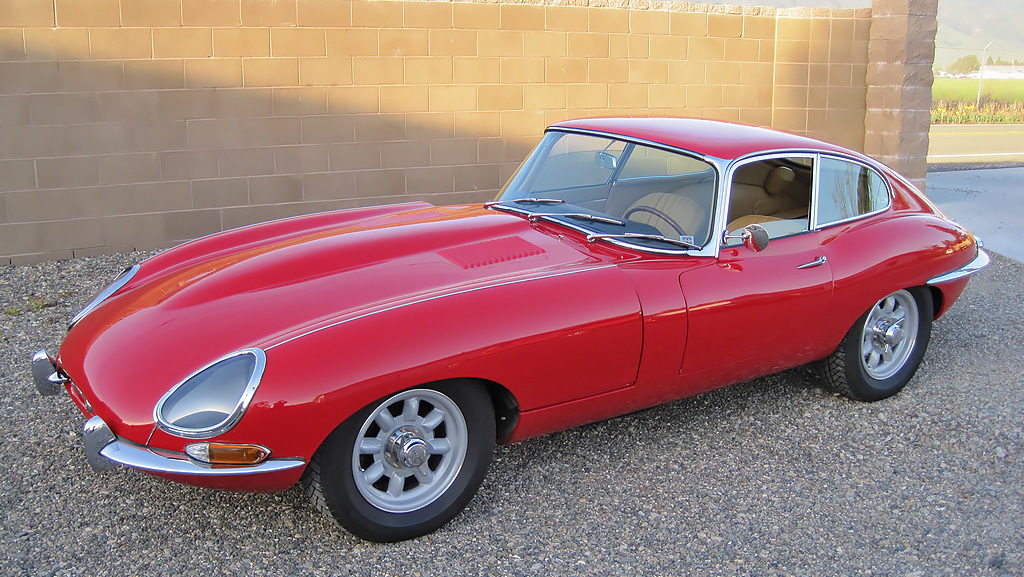

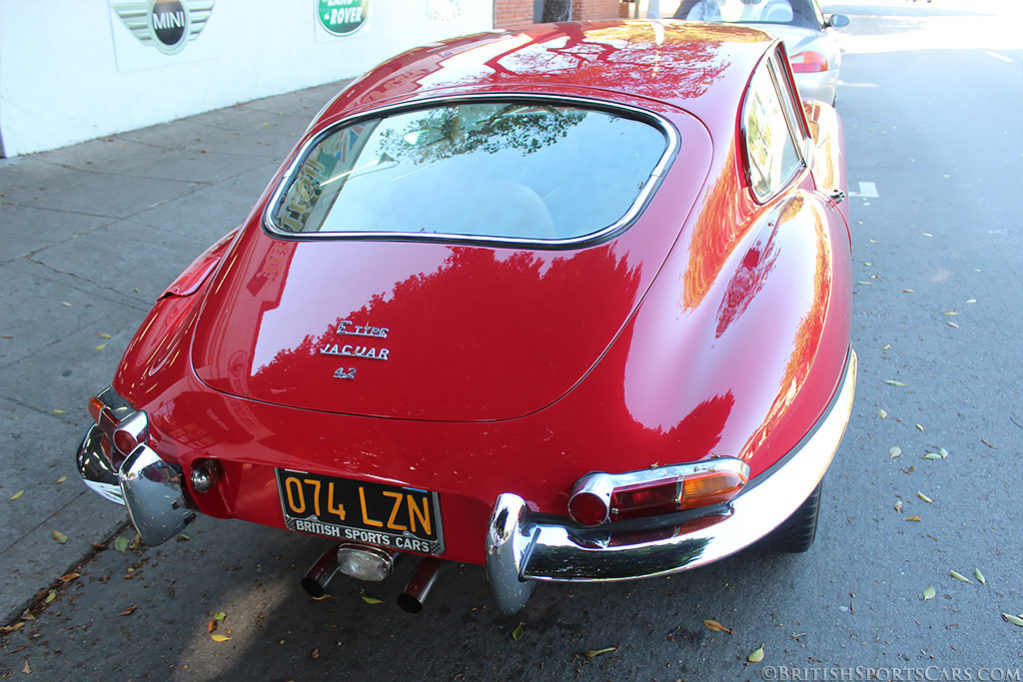
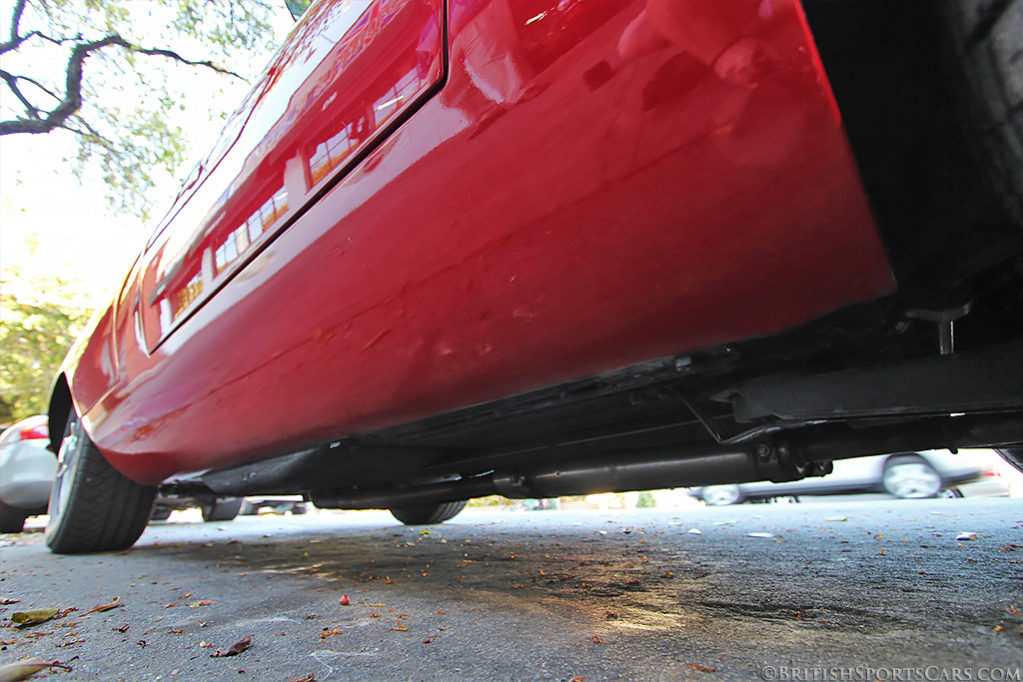
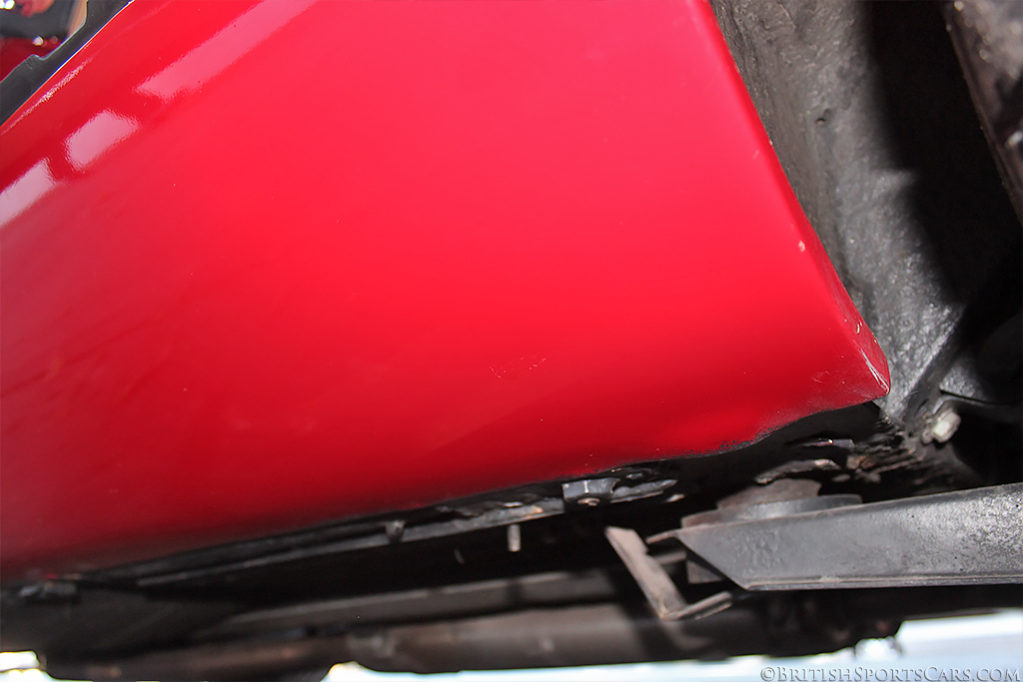
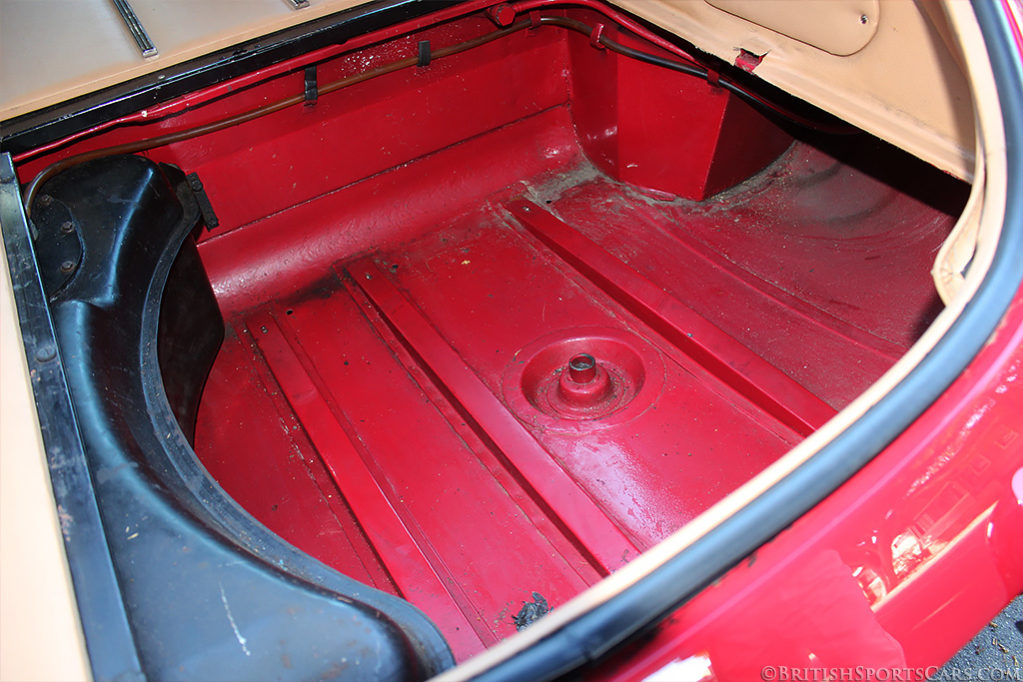
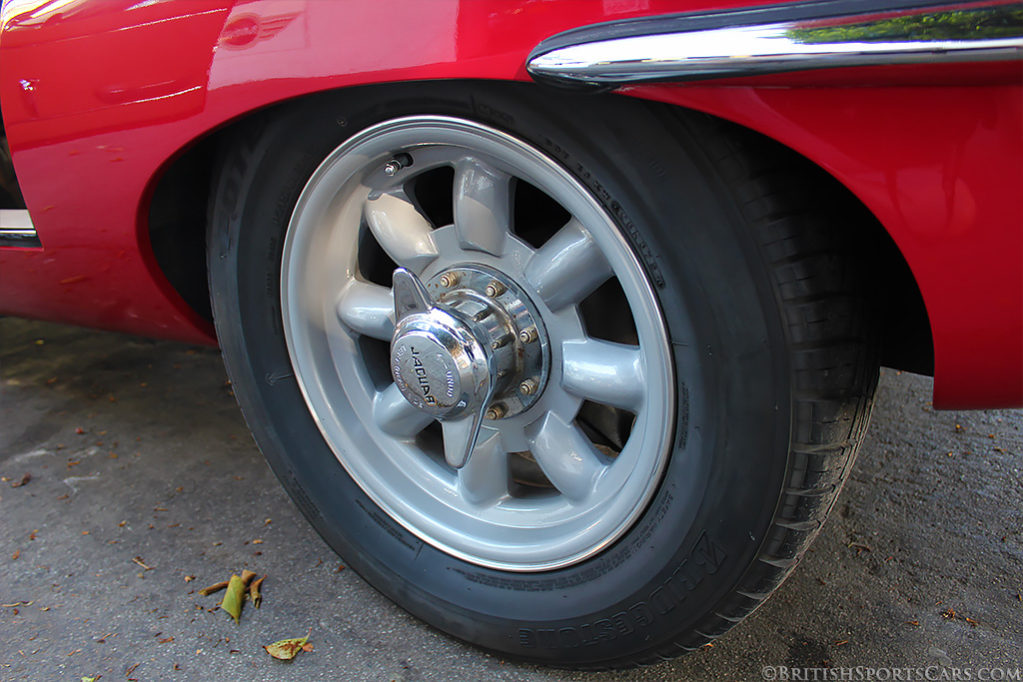

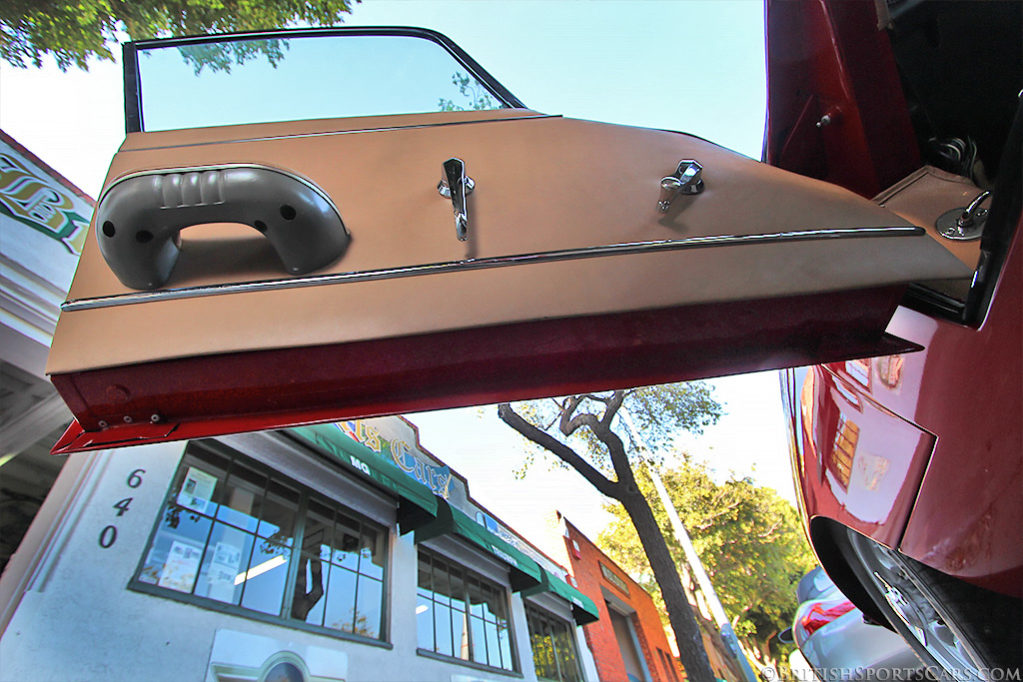
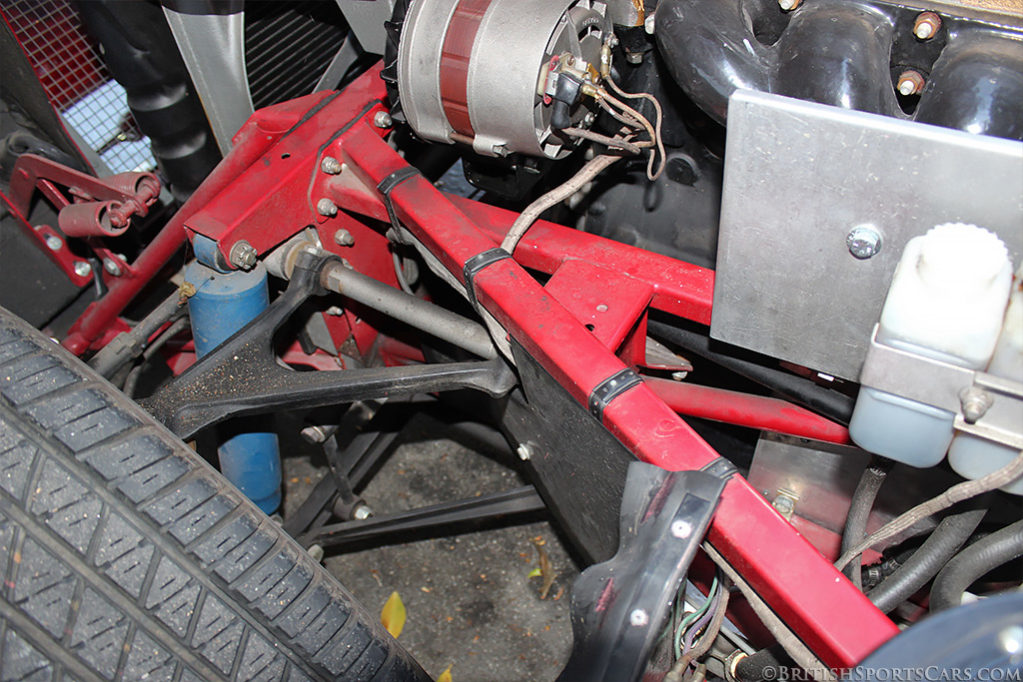
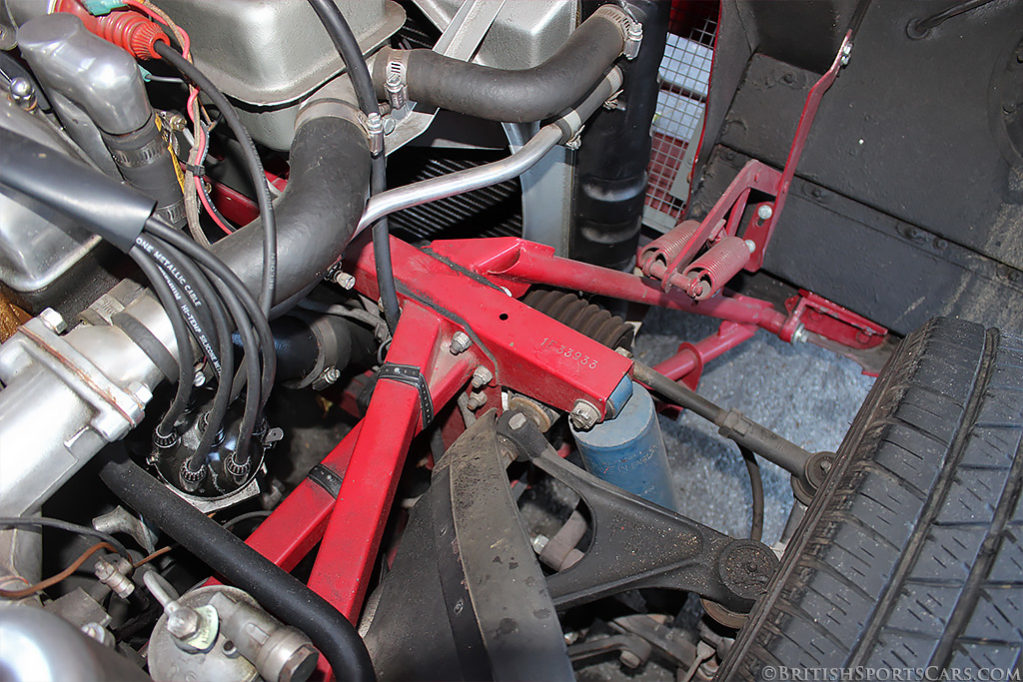
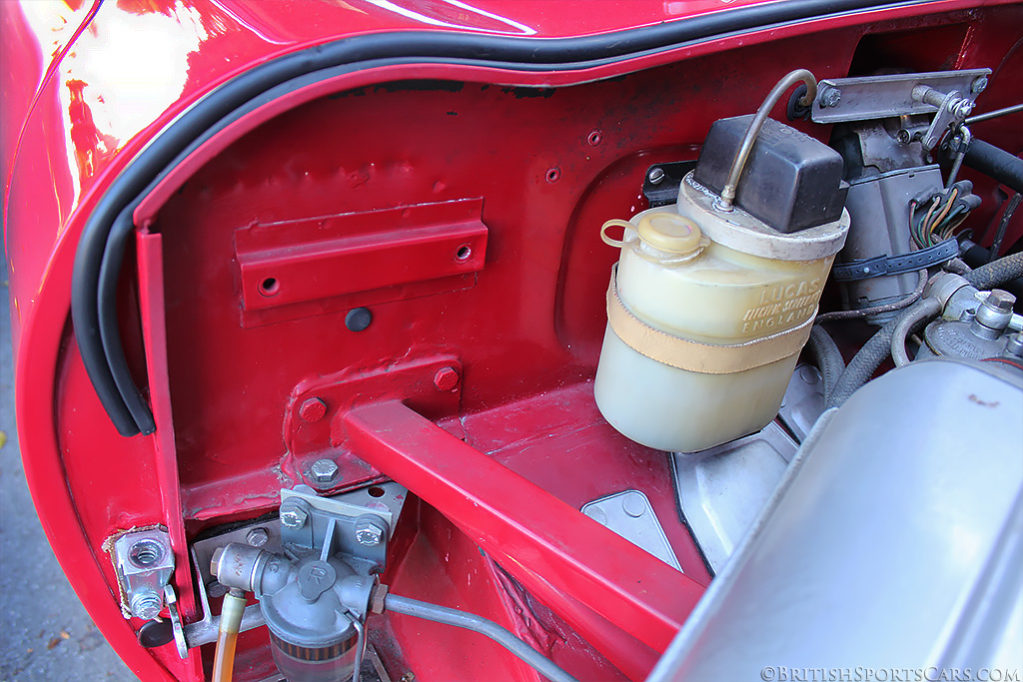
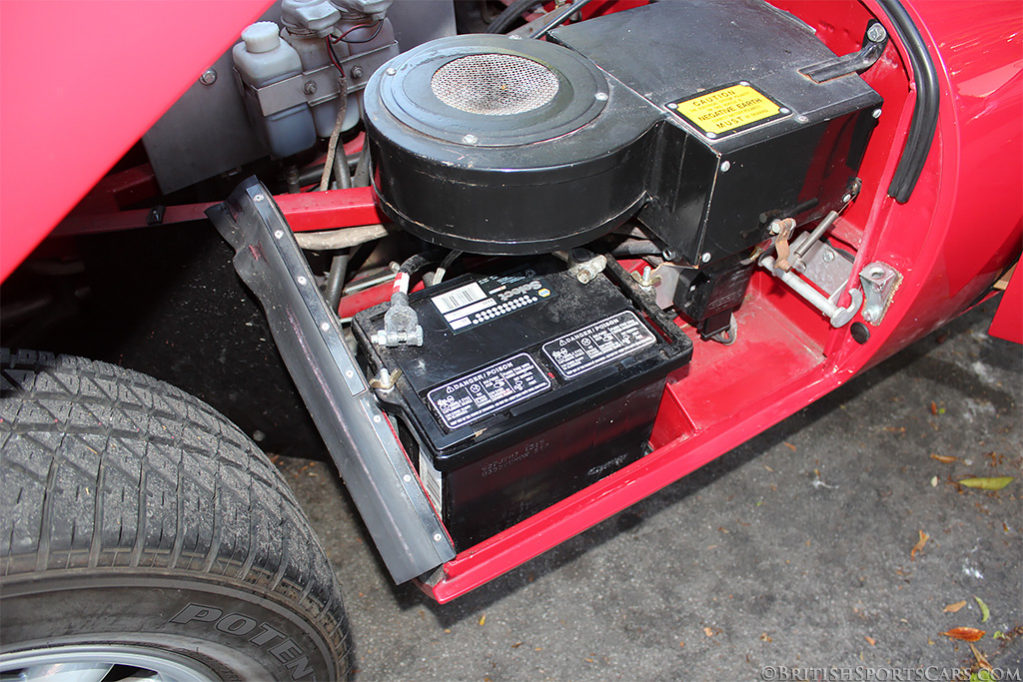
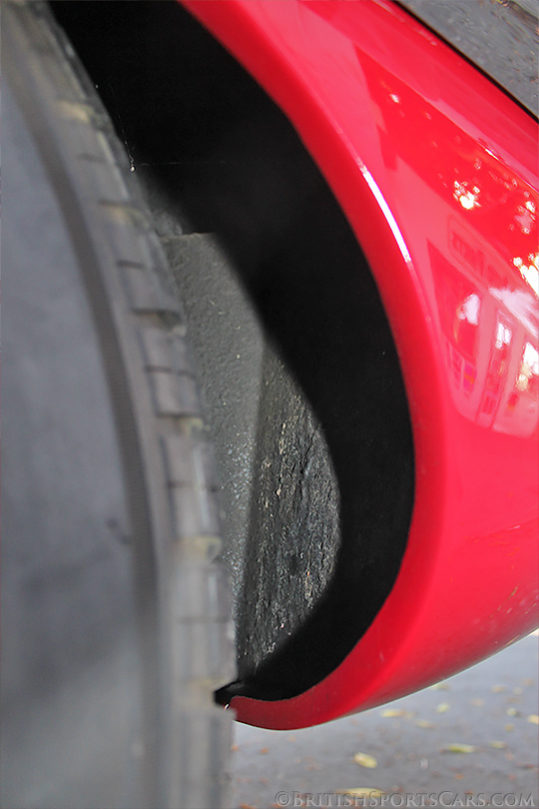
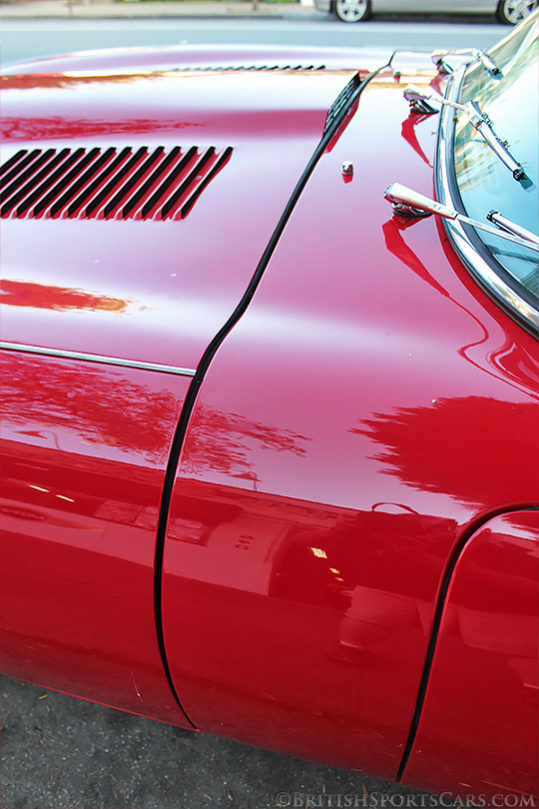
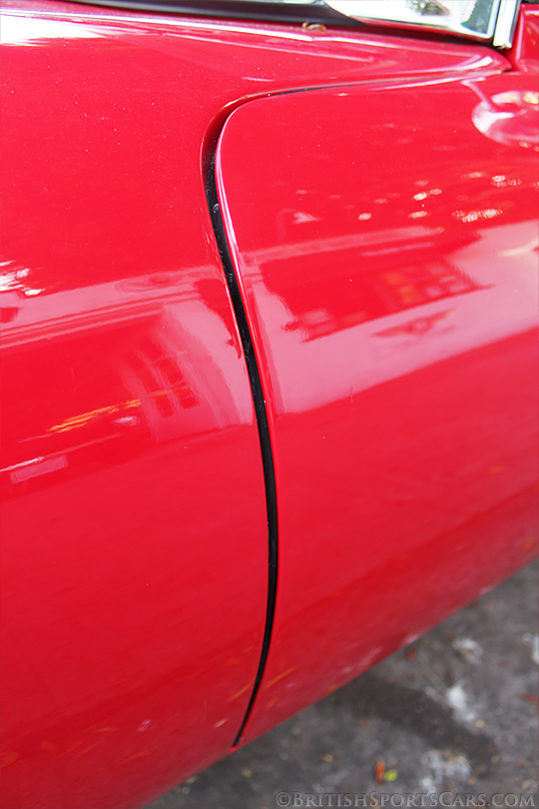


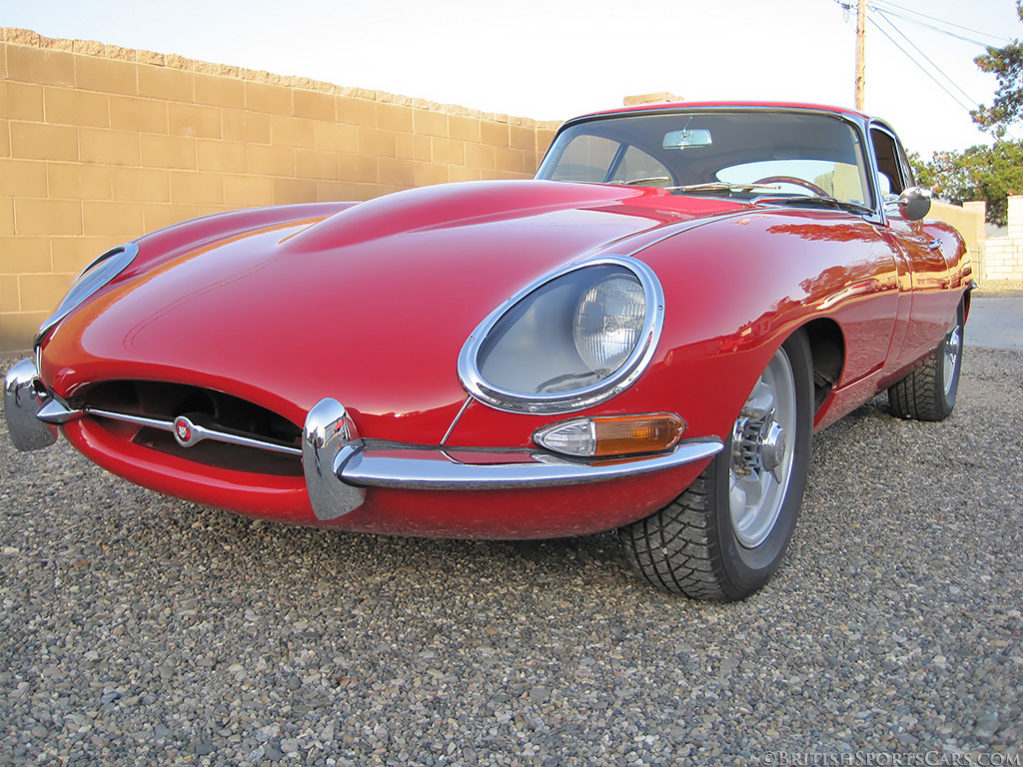
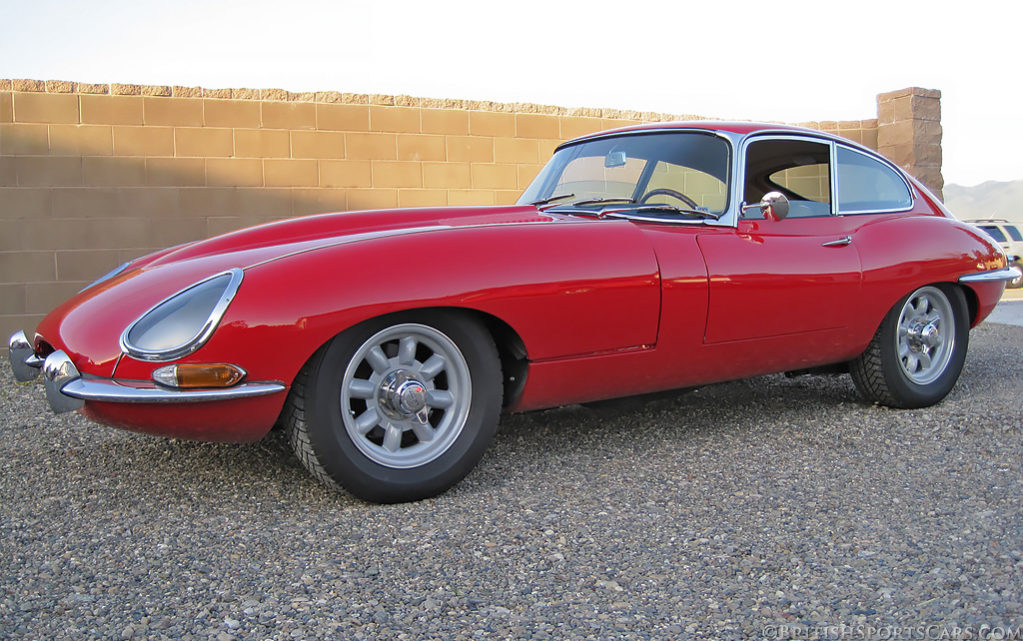
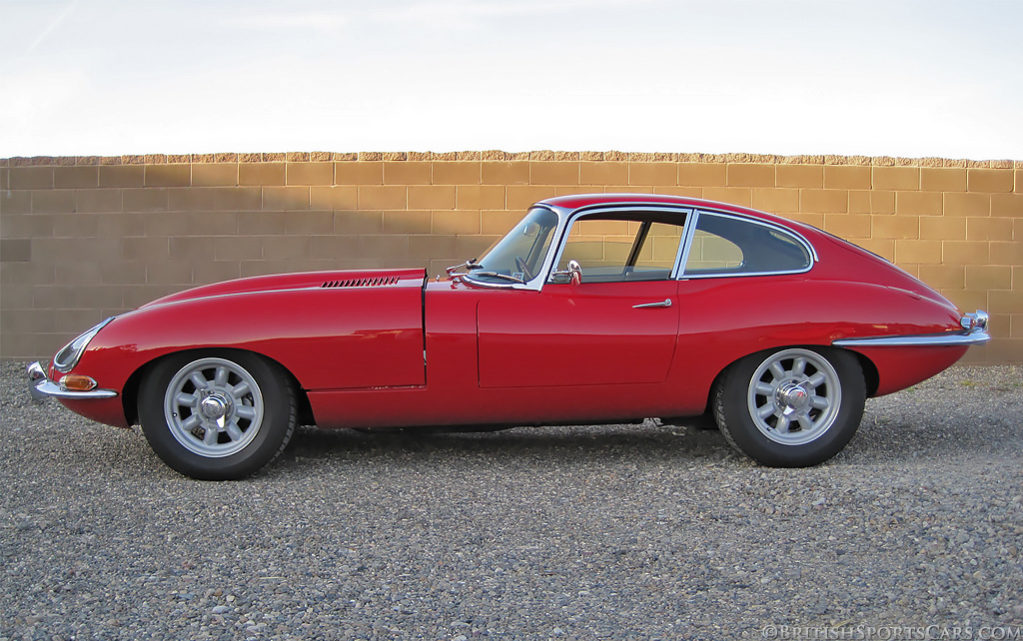
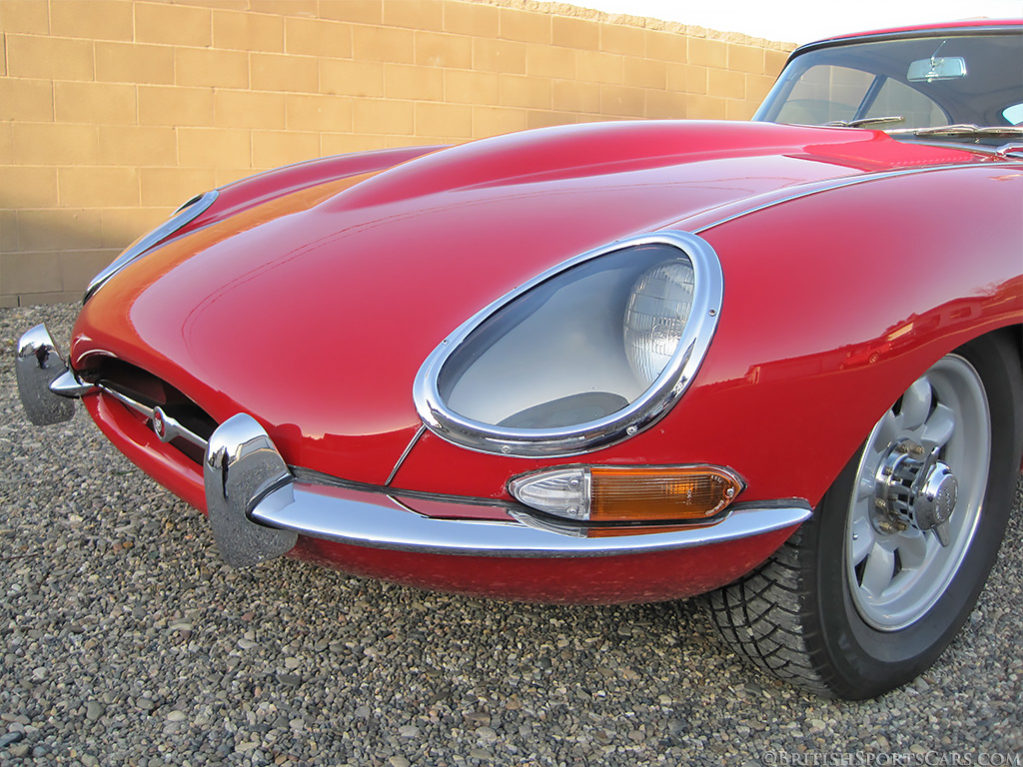
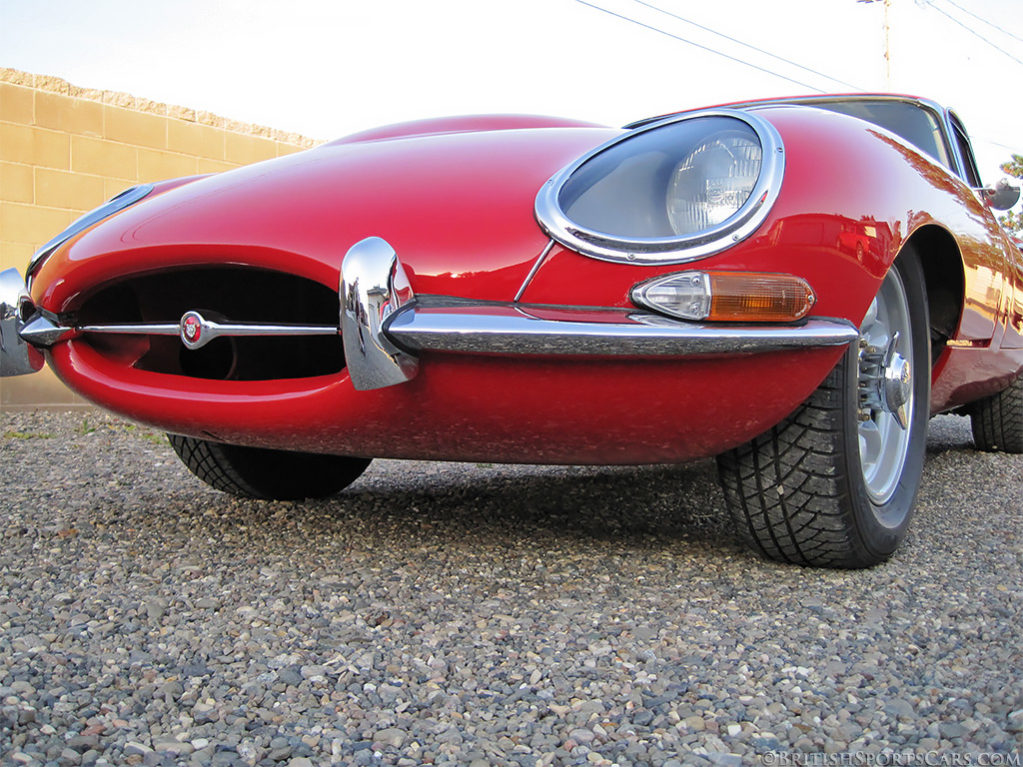
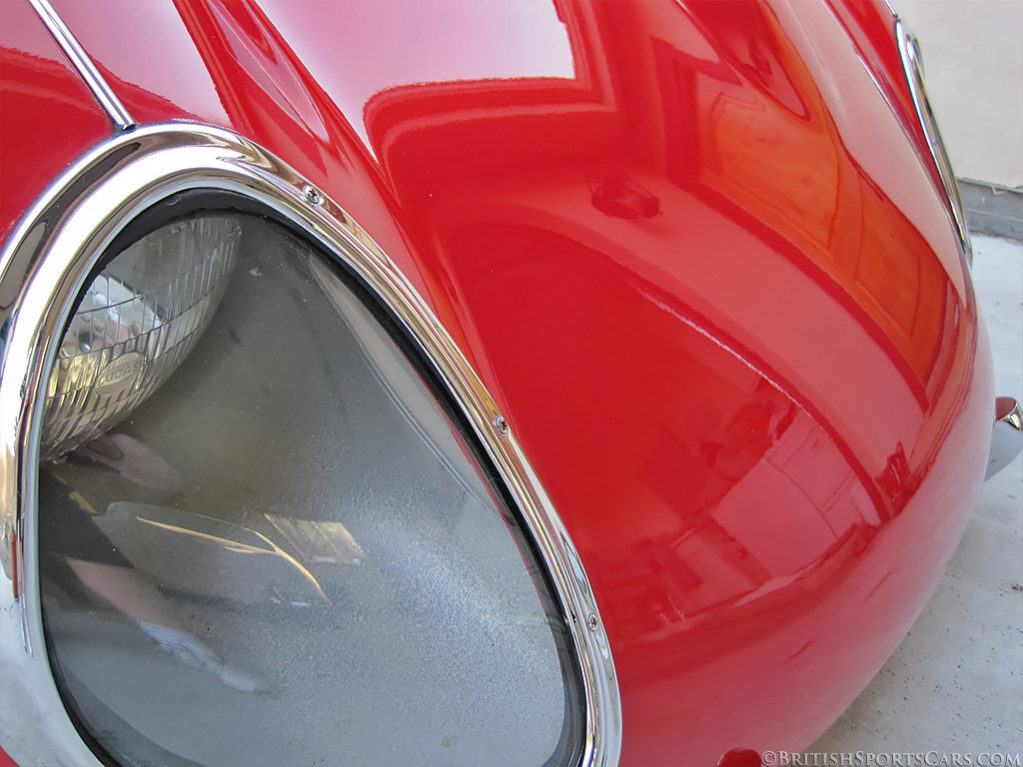
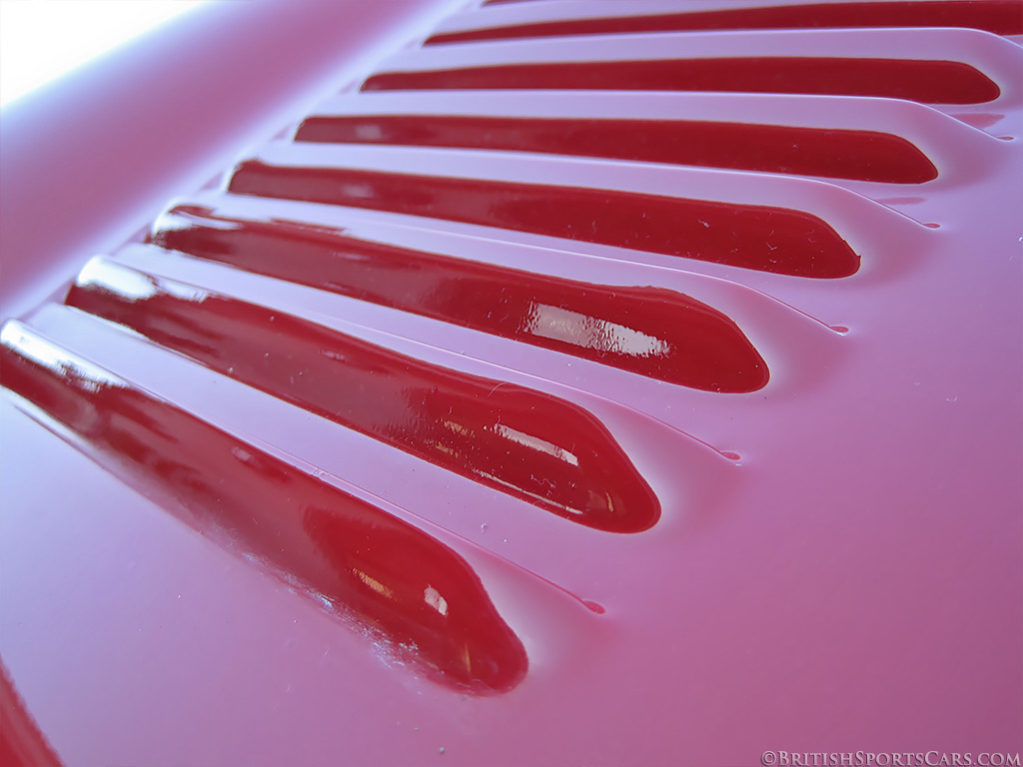
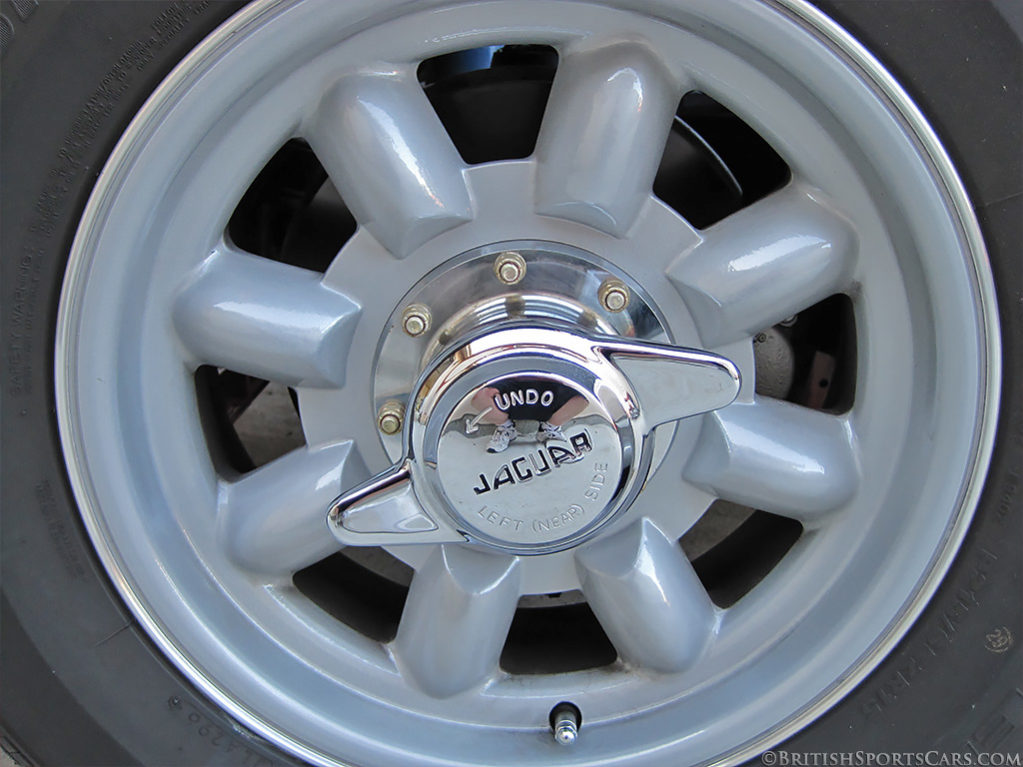
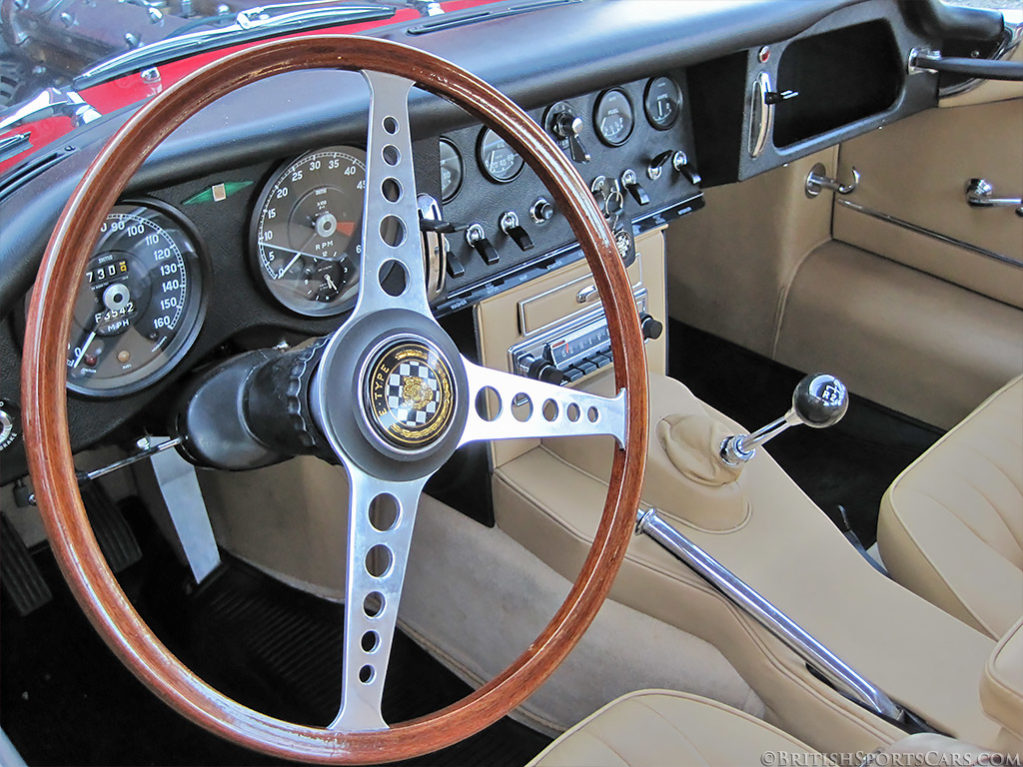
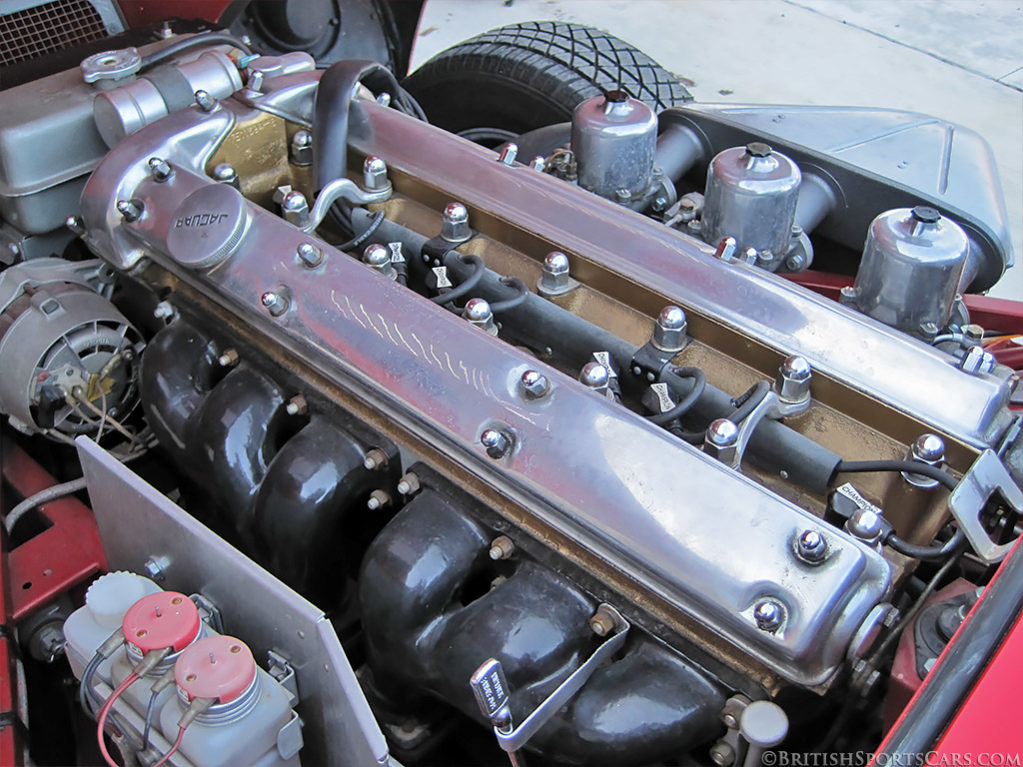
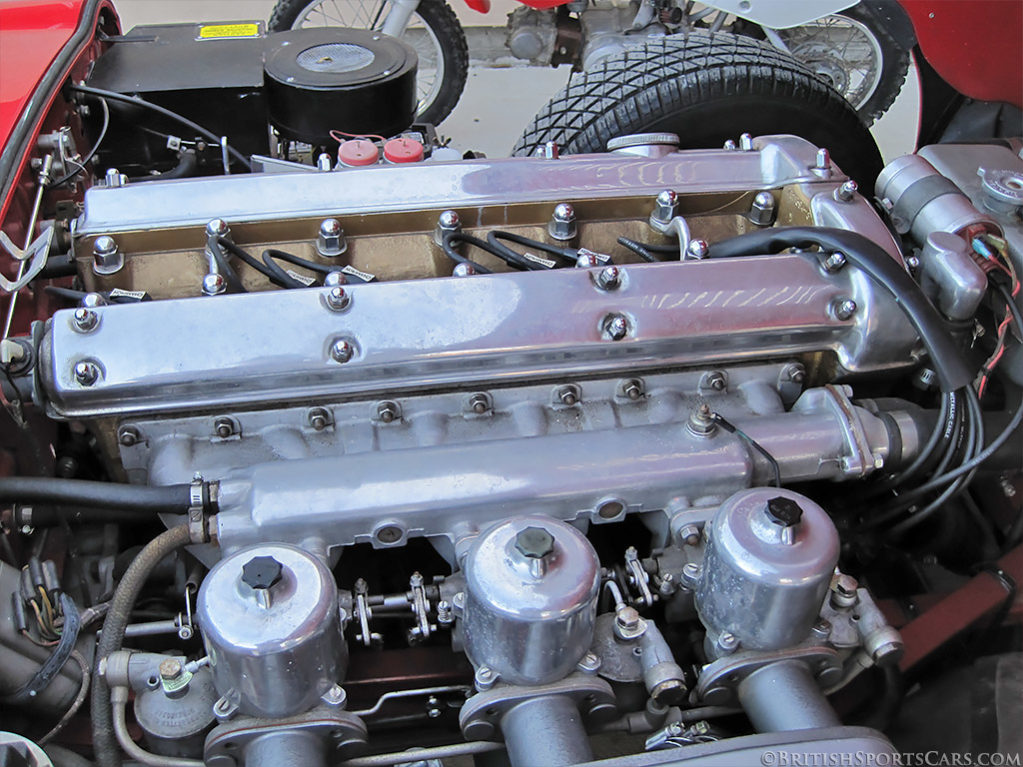
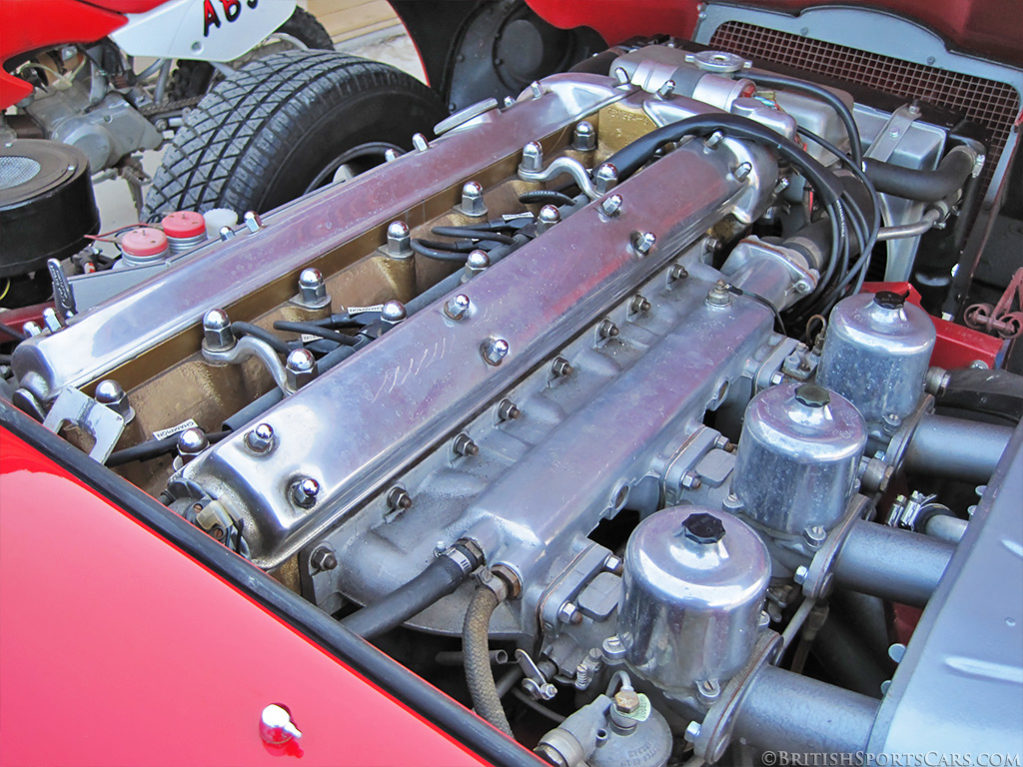
I want to own one an E-type Jag. One of the best vintage sport cars in the world. E-type is truly a timeless beauty.
all sounds good- except – no comment on the V12 or auto re reliability- are these money pits? – or did i say a rude word – are these poor relations these days to the original 6?
This is a really good tip particularly to those new to
the blogosphere. Short but very accurate information? Appreciate your sharing this one.
A must read article!
I have always loved the XKE. I had an old magazine article about the EKE vs. a 63 or so corvette. But I have a lot of older U S cars & Now I think I`ll sell some & get a real british car an E KE while the prices aren`t too bad. I liked the corvettes,but the prices of 50`s to early 71 or so R expensive or the cars have been used & abused * rusted…